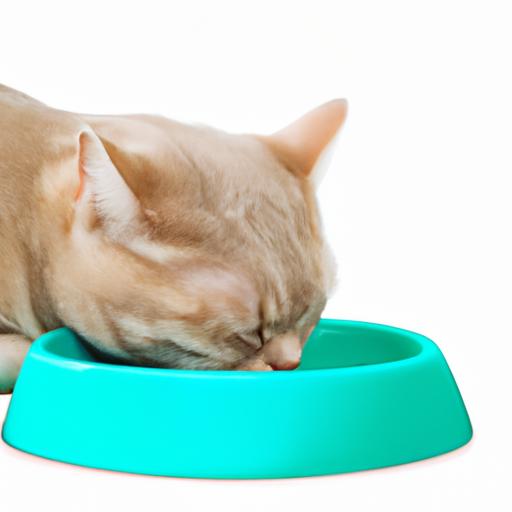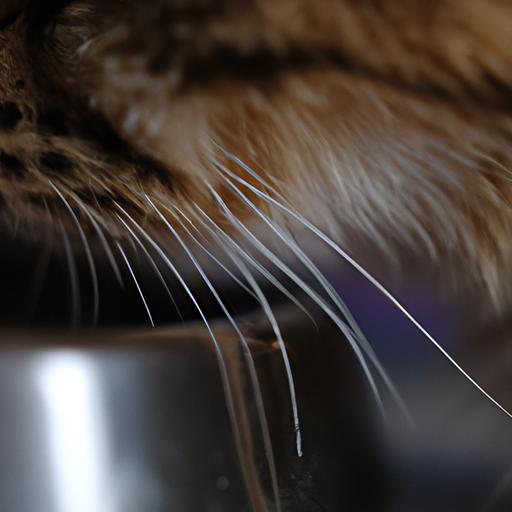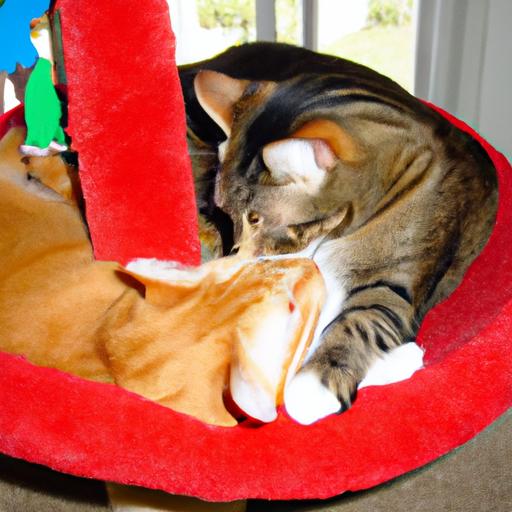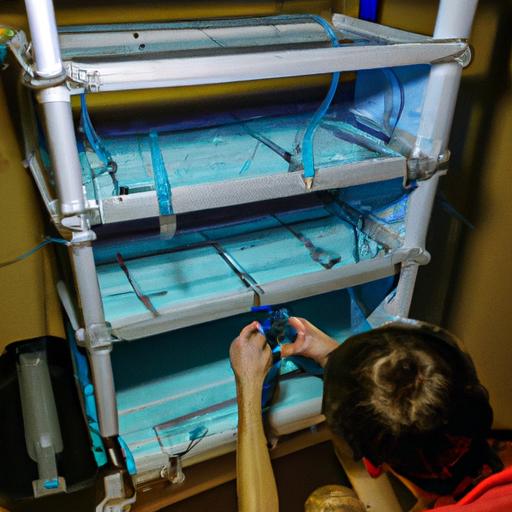
Understanding Cat Whisker Fatigue: A Comprehensive Guide
Discover the causes, symptoms, and solutions for Understanding Cat Whisker Fatigue. Prevent discomfort and enhance your feline friend’s well-being.
Introduction
Did you know that your beloved feline friend can suffer from a condition called cat whisker fatigue? Understanding this phenomenon is crucial for cat owners who want to ensure their pets’ overall well-being and comfort. In this article, we will delve into the world of cat whisker fatigue, exploring its definition, causes, symptoms, and how to address it effectively.

What is Cat Whisker Fatigue?
Definition and Explanation
Cat whisker fatigue is a sensory overload experienced by cats due to the constant stimulation of their whiskers. Also known as whisker stress or whisker fatigue syndrome, this condition occurs when a cat’s sensitive whiskers repeatedly come into contact with the sides of food bowls or other narrow spaces. Whiskers, scientifically known as vibrissae, are highly specialized sensory organs that play a crucial role in a cat’s perception of its surroundings.
Causes and Triggers
Whisker fatigue can be triggered by the design of food and water bowls that are too narrow or deep. When a cat’s whiskers touch the sides of the bowl, it causes discomfort and overstimulation, leading to stress and anxiety. Additionally, some cats may also experience whisker fatigue when their whiskers brush against other objects, such as the sides of doorways or furniture.
Symptoms and Signs
Recognizing the signs of cat whisker fatigue is essential for early intervention. Cats experiencing whisker fatigue may exhibit behaviors such as avoiding their food bowls, pawing at their whiskers, or becoming overly agitated during mealtime. Other signs include increased anxiety, decreased appetite, and even weight loss. It is crucial to monitor these symptoms and take appropriate measures to alleviate their discomfort.
Frequently Asked Questions (FAQ) about Cat Whisker Fatigue
Q: What are the common signs of cat whisker fatigue?
A: Common signs of cat whisker fatigue include avoiding food bowls, pawing at whiskers, anxiety during mealtime, decreased appetite, and weight loss. Observing these signs can help identify whether your cat is experiencing whisker fatigue.
Q: How can cat owners prevent or alleviate whisker fatigue?
A: To prevent or alleviate whisker fatigue, cat owners can opt for wider and shallower food and water bowls that do not come into direct contact with their cat’s whiskers. Elevated or flat dishes can also be used, allowing the cat to comfortably access their food without any discomfort.
Q: Can cat whisker fatigue lead to more serious health issues?
A: While whisker fatigue itself is not a severe health issue, prolonged stress and anxiety can have a negative impact on a cat’s overall well-being. It is crucial to address whisker fatigue to ensure your feline companion’s mental and physical health.
Q: Are certain cat breeds more prone to whisker fatigue?
A: Cat whisker fatigue can affect any breed; however, cats with long and sensitive whiskers, such as Maine Coons and Persians, may be more susceptible to this condition. Regardless of the breed, it is essential to provide a comfortable eating environment for all cats.
Q: Is there any scientific evidence supporting the concept of cat whisker fatigue?
A: While scientific research specifically focused on whisker fatigue is limited, many veterinarians and cat behavior experts acknowledge its existence. The anecdotal evidence from cat owners who have addressed whisker fatigue and observed positive changes in their cats’ behavior further supports this concept.
Conclusion
Understanding cat whisker fatigue is crucial for every cat owner. By recognizing the signs and taking appropriate measures, such as providing wider and shallower food bowls, you can help alleviate your cat’s discomfort and promote a stress-free mealtime experience. Remember, a happy and content cat leads to a healthier and more fulfilling companionship. So, let’s prioritize our feline friends’ well-being and tackle whisker fatigue head-on.
In conclusion, cat whisker fatigue is a real concern that can affect our furry companions. By implementing simple changes in their environment, we can ensure their comfort and happiness. So, let’s whisk away the stress and provide our cats with the delightful dining experiences they deserve.
Note: This article is for informational purposes only and should not replace professional veterinary advice. If you have concerns about your cat’s health or behavior, consult with a qualified veterinarian.




















